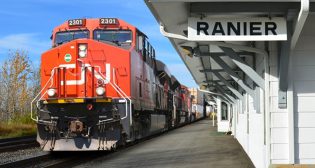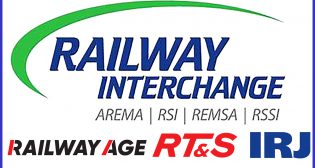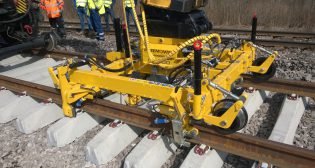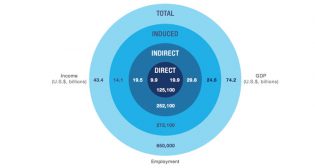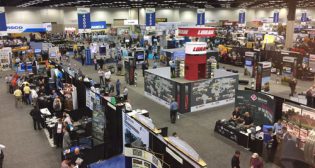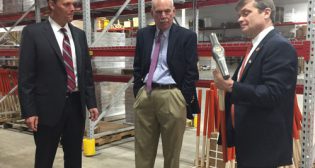G Seven Generations Ltd. is proposing a new railway to carry oil from the Alberta, Ontario oil sands to the existing marine oil terminal at Valdez, Alaska. The company revealed its proposal at the International Indigenous Summit on Energy and Mining in Niagara Falls, Ontario.
"Studies have already demonstrated that a rail link to Alaska is a viable alternative to the oil pipelines currently being planned through British Columbia," said G7G Director Matt Vickers. "This approach is timely because it promises significant economic benefits while avoiding many of the environmental risks associated with current pipeline proposals."
"Diversifying markets for Canadian oil is an important challenge, but we need to achieve this goal in the most environmentally and socially responsible way possible," continued Vickers.
G7G’s rail link proposal would use the existing marine oil terminal in Valdez, which is facing a declining supply of oil from Alaska’s North Slope.
One option of the proposed 2,000+ kilometer-long railway (1,243+ miles) would run northwest from Fort McMurray, Alberta to join the Alyeska Pipeline (part of the Trans-Alaska Pipeline System, which carries oil to the Valdez oil terminal) at Delta Junction, Alaska. The project’s first phase is estimated to cost C$12 billion (US$12.4 billion) or more.
"British Columbians’ opposition to oil tanker traffic on B.C.’s north coast is very strong and should not fall on deaf ears," G7G wrote in a statement. "Valdez has seen oil tanker traffic since the 1970s and this proposal would simply mean replacing the declining supply of Alaska crude with a new supply of Alberta crude. We believe this approach has a greater chance of obtaining social license from local communities than other competing scenarios."
Over the coming months, G7G will be working to complete the project’s feasibility study, business plan and First Nations consultation. Its directors are currently seeking support for the project from national and international aboriginal organizations.
